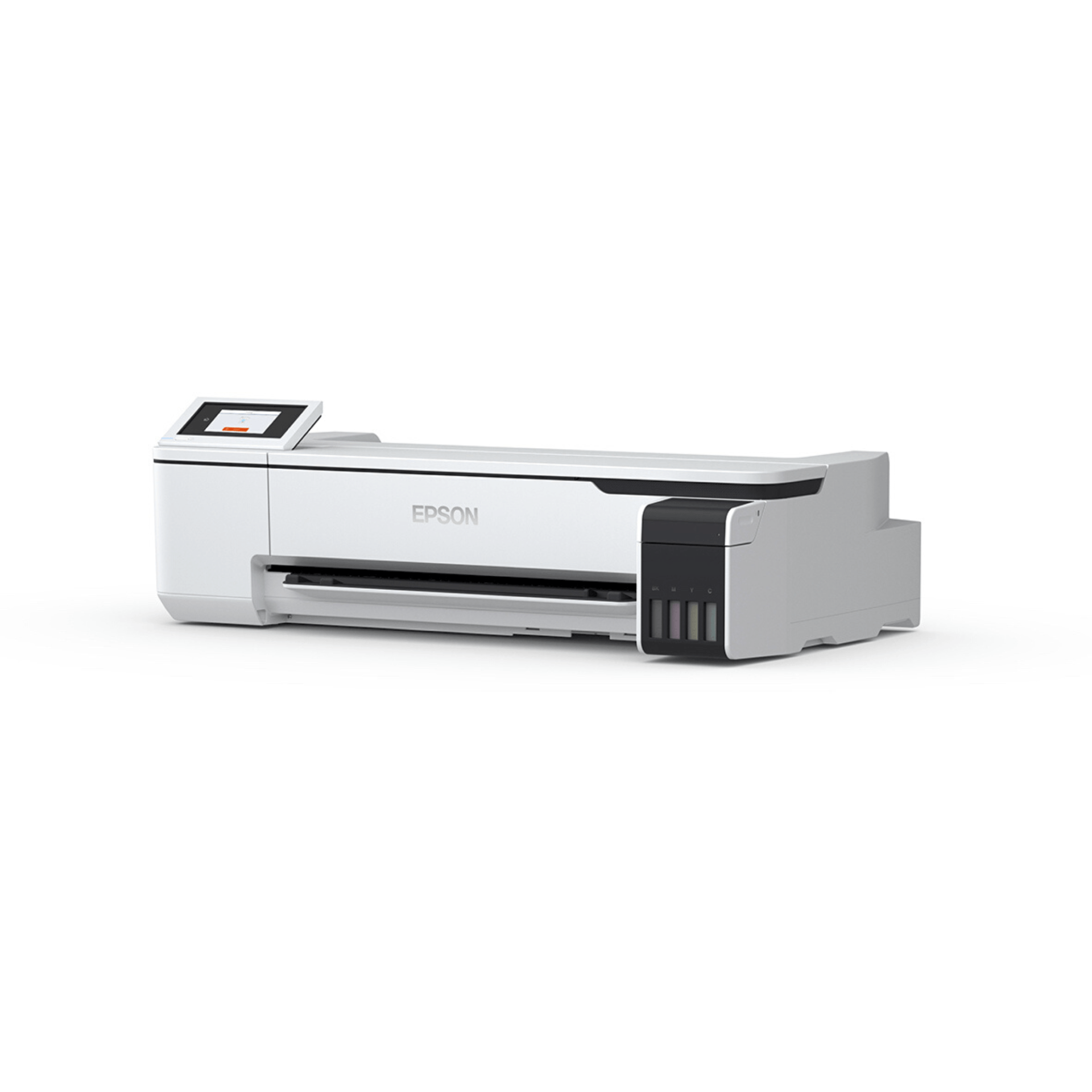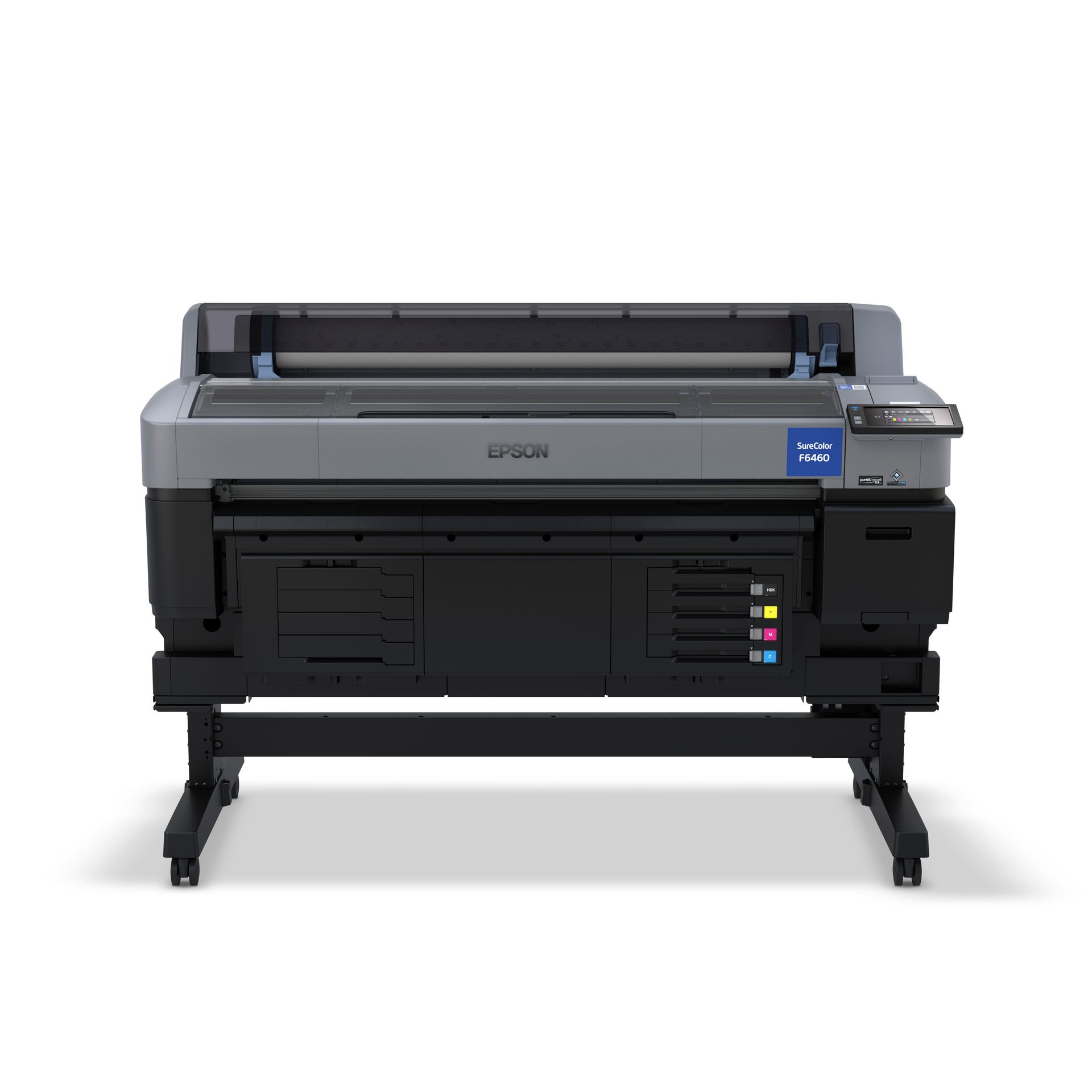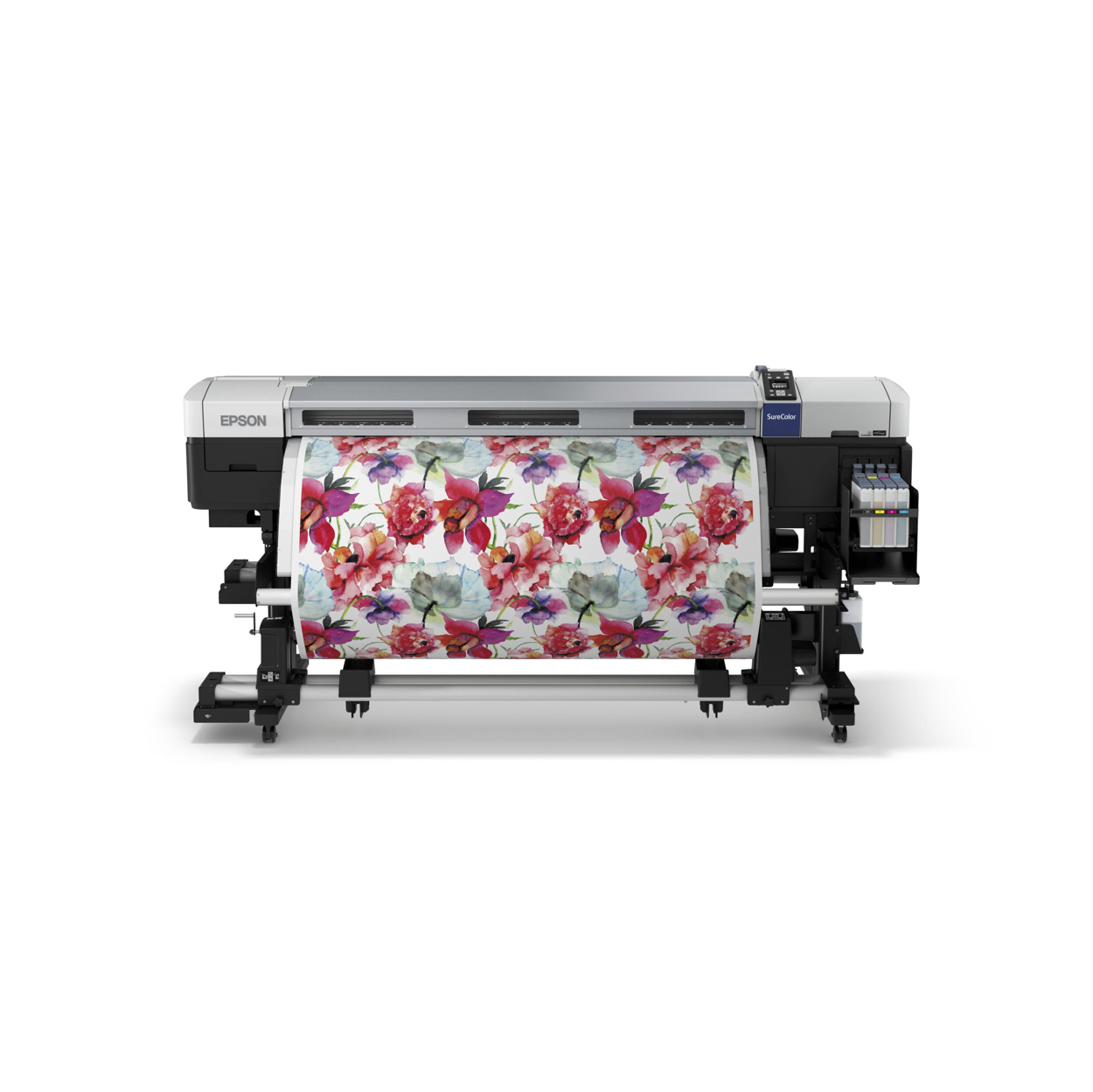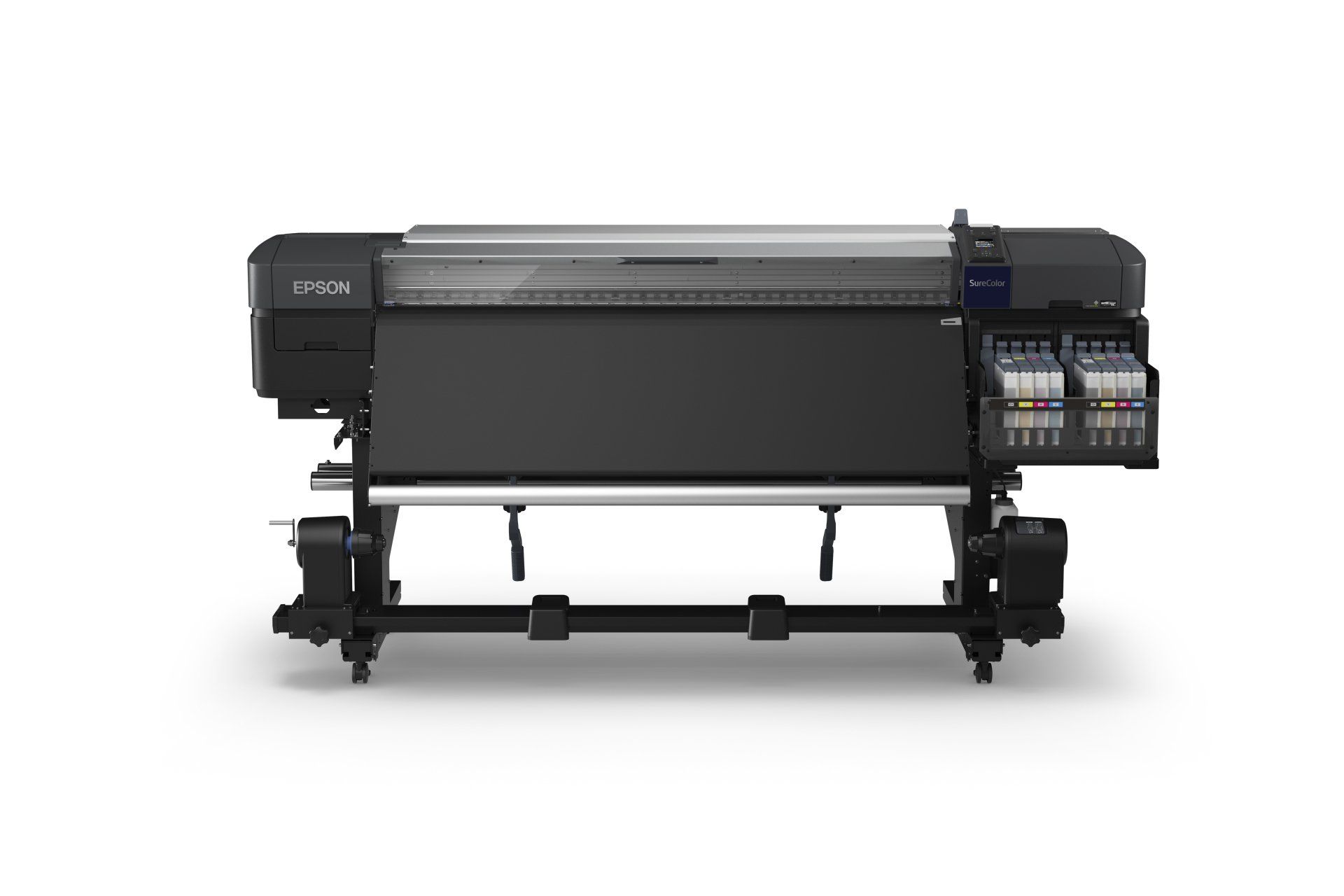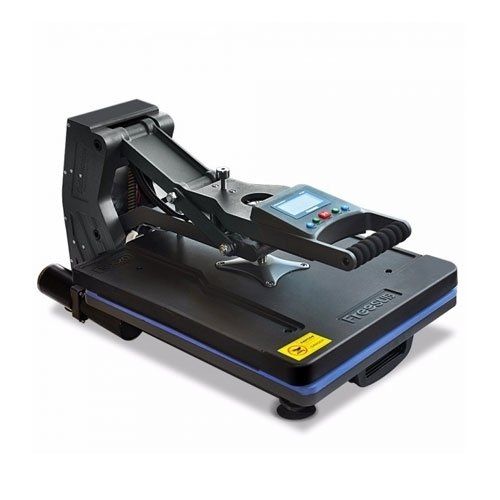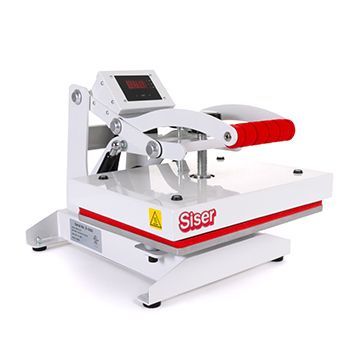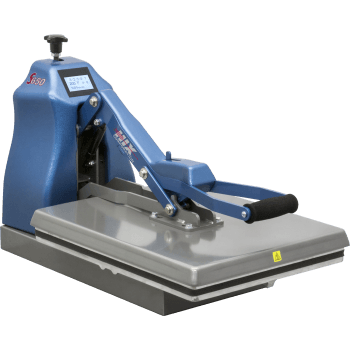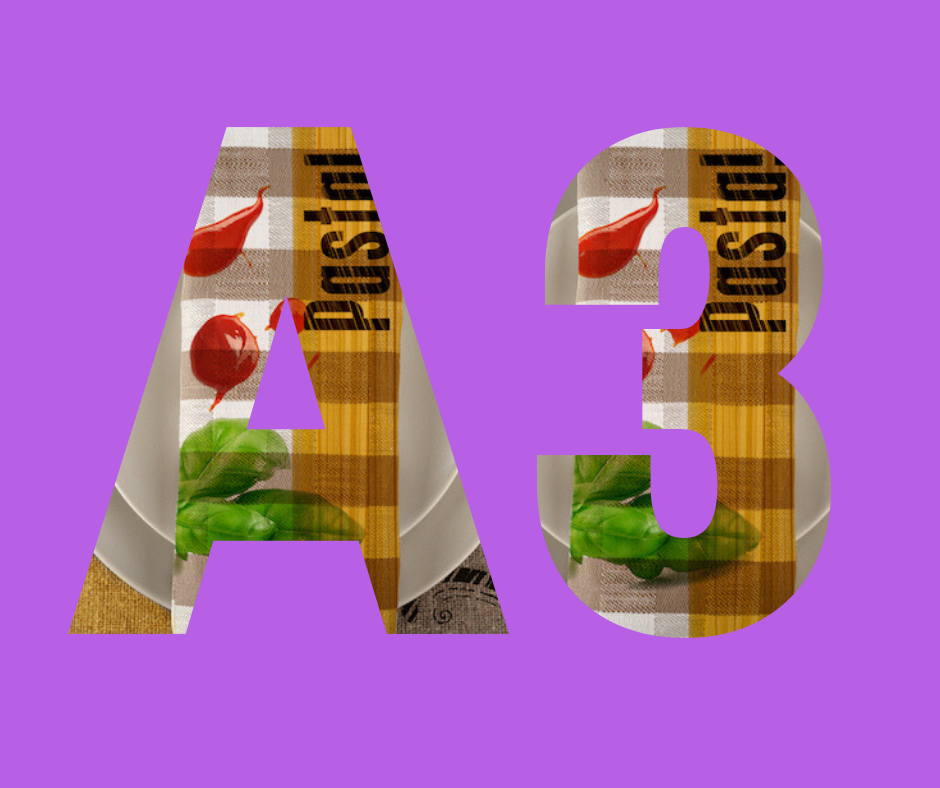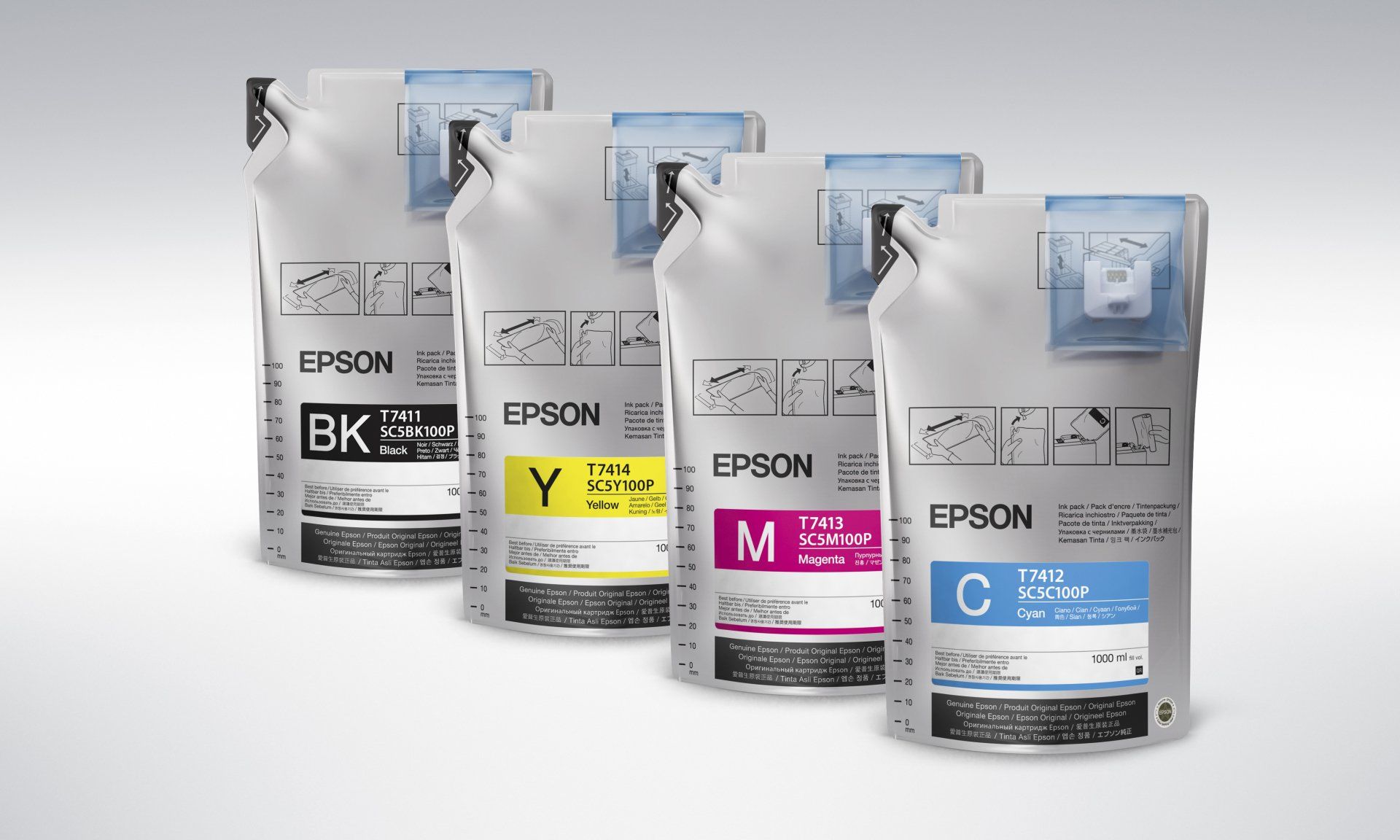Dye Sublimation
Dye sublimation is the method of applying an image to specially coated ceramics, metals and polyester fabric using 3 key components - sublimation ink, heat and pressure.
Sublimation ink is unique in its ability to convert from a solid to a gas without going through a liquid form. This conversion is initiated by heat and controlled using pressure and time. Rigid products (like ceramic and metals) require a special coating to receive the ink; you will need to purchase items with the coating already applied, as it’s not something you can do yourself.
This process allows you to digitally add custom graphics to a wide range of items (such as rigid substrates, rigid products, soft signage, fabrics and apparel, photo printing and more). For many signage and graphics businesses, this method is replacing traditional screen printing practices thanks to how quick and efficient it is.
Areas We Serve
Machines Plus supplies our range of dye sublimation printers, as well as related accessories and consumables, to businesses of all shapes and sizes Australia wide (including metro Melbourne, Sydney, Brisbane, Canberra, Adelaide, Perth, Hobart and Darwin plus all rural areas).
What do I need to setup a sublimation business?
To get your business off the ground, you need 3 key items:
01 Printer Setup
Your choice of printer, inks and paper is incredibly important, as all the components need to work together to ensure the best possible results. The idea is that you print the image onto the sublimation paper before using extreme heat to transfer it from the paper onto the final substrate.
02 Heat Press
As sublimation requires such high levels of temperature and pressure to work, you will need either a heat press or silicone wraps and an oven. Whilst a press is a great choice for conventional items, items with an unusual shape (such as bowls or drink bottles) will do better in a wrap/oven scenario.
03 Dye Sub Blanks
These are items that have been specifically coated to receive sublimation inks. It’s important to note that you cannot apply this coating yourself, so you can’t buy mugs from just any store and they will work. It is also possible to sublimate onto 100% white polyester fabric or fabric-topped items.

"Our company, FREO T SHIRTS, recently discovered Machines Plus and I have to say the service from Paul and Gus is nothing short of outstanding. Shipments are sent out quickly and arrive when required. Great value for money and fantastic backup. If I could give ten stars I would.
I am so glad I discovered these guys!!"
Stuart Endersby
FAQs
Got a question? We’re here to help.


